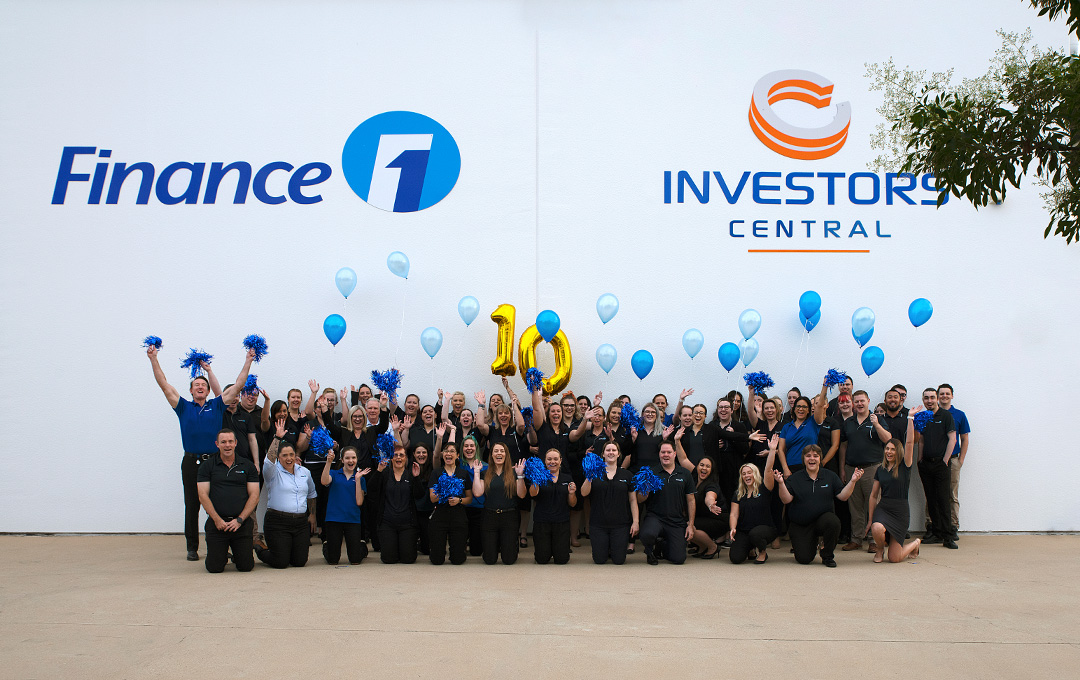What is a debt to income ratio?
A debt to income ratio is a measure that financial institutions use to determine your capacity to take on further debt. Loan holders or borrowers can also use debt to income ratios to get a feel for where their finances are at, and identify if they’ve taken on too much debt (or are about to take on too much debt) for what their income can realistically handle.
To calculate your debt to income ratio, you divide your total monthly debt payments by your total monthly gross income.
Monthly debt payments ÷ monthly gross income
For example, let’s say your monthly debt obligations are $1,000 per month, and you earn $5,200 gross monthly income. You would divide $1,000 by $5,000, which equals 0.2. as a percentage is 20% — therefore, your debt to income ratio would be 20%. This means that 20% of your gross income goes to servicing your debt.
As an example, say a couple have a mortgage for $650,000, and a car loan of $50,000 plus credit card debt of $5,000. The total debt level is $650,000 + $50,000 + $5,000 = $705,000. If partner A earns $125,000 annually, and partner B earns $75,000 annually, the total yearly income is $200,000. Therefore, divide the debt by the annual income ($705,000 ÷ $200,000) which equals 3.525. A debt income ratio is usually represented using two decimal places, therefore, the couple’s DTI ratio would be 3.52.
What is the ideal debt to income ratio for loans?
It probably goes without saying that a lower DTI ratio is what lenders prefer. Generally speaking, the more of your income available to put towards loan repayments, the better serviceability you’ll be seen to have.Accessing finance with a bad credit rating
Let us work with you to find the finance solution you need. Contact Finance One today to discuss your eligibility for personal finance.
Apply Online NowFront end vs back end ratios
Technically, there are two different DTI ratios that lenders use. The ‘back end ratio’ and ‘front end ratio’.Front-end ratio
Used to indicate what portion of someone’s income is allocated to their mortgage or loan repayment.
Back-end ratio
Back end ratios compare how much income is needed to cover all of your monthly debt obligations.
How will my debt to income ratio affect a personal loan?
While DTI ratios are usually discussed in the mortgage industry, personal finance lenders also use debt to income ratios to assess whether someone has the capacity to take on a personal loan. A very high debt to income ratio can impact your chances of being approved for a personal loan, even if you’re opting for a secured loan, such as a car loan.
How can I improve my DTI ratio?
Realistically, there are two main ways to help improve your debt to income ratio:- Decrease your debt
- Increase your income
Is a debt to income ratio the same as a credit utilisation ratio?
A credit utilisation ratio and DTI ratio are two separate things. Credit utilisation describes what percentage of your total credit limit you’ve used. The higher the debt balances, the higher credit utilisation you’ll have. Your credit utilisation ratio takes into account the total credit limit and balances across all of your debt products, including credit card balances, personal loans and your home loan.What payments will a lender include in my monthly debt payments?
Financial institutions will look at a variety of credit and debt facilities when calculating your DTI ratio, these include:- Mortgage payments.
- Credit cards.
- Personal Loans.
- Car Loans.
- Investment loans (including margin loans and lines of credit).
- Instalment plans (such as buy-now-pay-later schemes).
- Even child support amounts!
Do DTI ratios affect my credit history?
Even if you have a high DTI ratio, this won’t be recorded on your credit file. Credit bureaus report any existing loans or credit products such as a personal loan, car loan or credit card, as well as information about your repayment history and how many times you’ve applied for credit. Your credit report is used in conjunction with your DTI ratio to help lenders assess your application.Accessing finance with a bad credit rating
Even with a current debt load that’s manageable, and a low debt to income ratio, borrowers can still find it challenging to access finance if their credit history could be better. Finance One specialises in offering finance to Aussies with defaults on their credit file, unusual income sources, or who have previously been bankrupt.
Let us work with you to find the finance solution you need. Contact Finance One today to discuss your eligibility for personal finance.
Apply Online NowNormal lending criteria apply. Fees and charges are payable. Terms and conditions apply.
Finance One means:
Fin One Pty Ltd – ABN: 80 139 719 903
Australian Credit Licence: 387528
Disclaimer: The information above is of a general nature only and does not consider your personal objectives, financial situation or particular needs. You should consider seeking independent advice regarding your legal, financial, taxation or other needs, to check how the information relates to your particular circumstances. We do not accept responsibility for any loss arising from the use of, or reliance on, the information. All loan applications are subject to normal lending criteria. Fees and charges payable. Terms and conditions apply.



